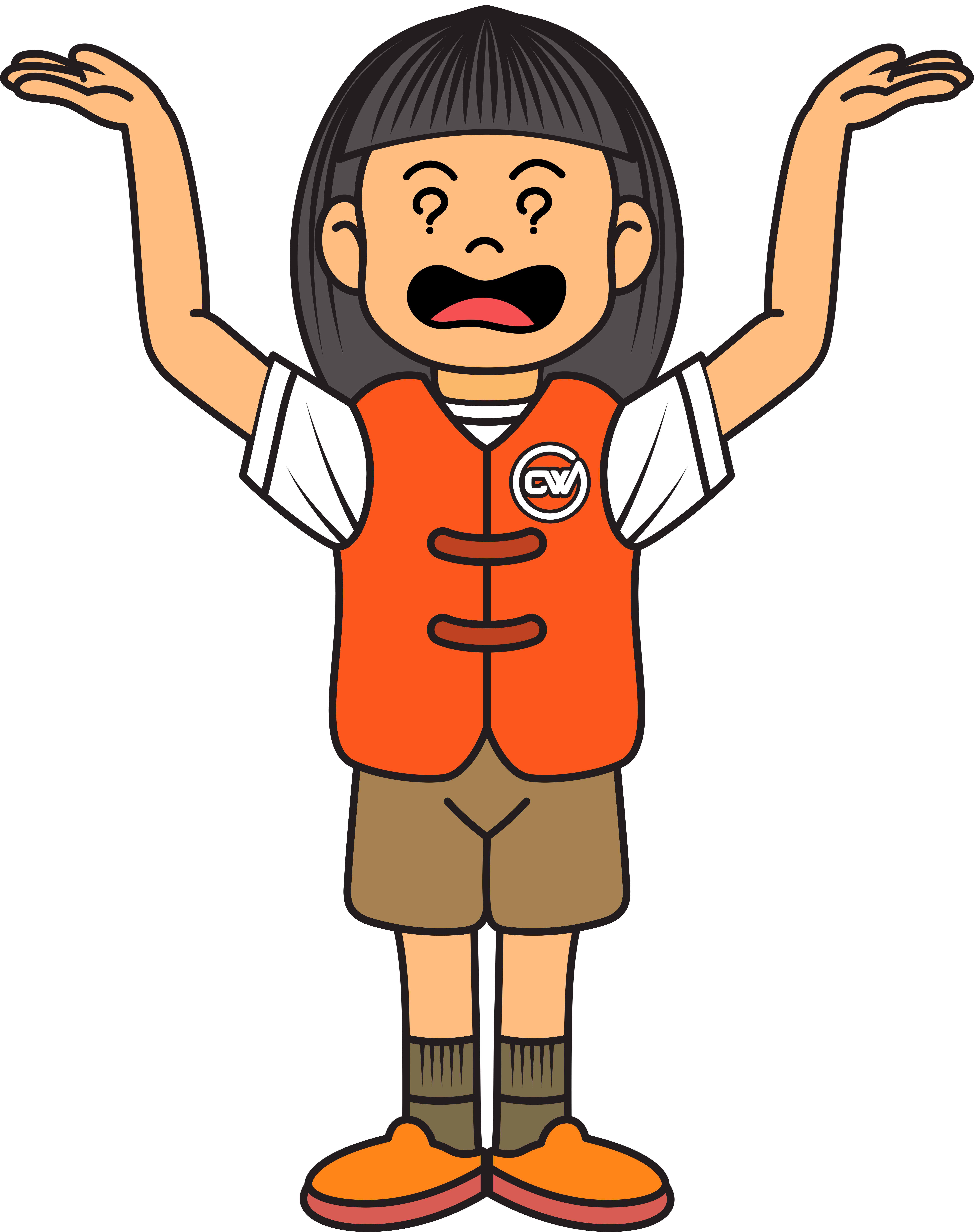column 7 of the hazardous materials table
This entry may not be used for solids containing a Packing Group I liquid. Portable tank special provisions are assigned to certain hazardous materials to specify requirements that are in addition to those provided by the portable tank instructions or the requirements in part 178 of this subchapter. Have accident damage protection which conforms with 178.345-8 of this subchapter; c. Have a MAWP or design pressure of at least 87 psig: and. (4) A code containing the letters IB or IP refers to a special provision that applies only to transportation in IBCs. Packaging must be UN standard metal drums attached with heavy duty steel strapping to a pallet; and. (i) These provisions apply to the transportation of hazardous materials in IM and UN Specification portable tanks. Wall thickness must be verified ultrasonically at intervals midway between periodic hydraulic tests (every 2.5 years). It is shown that it does not pose a significant risk in transportation; b. B2 MC 300, MC 301, MC 302, MC 303, MC 305, and MC 306 and DOT 406 cargo tanks are not authorized. If it is evident that a package of radioactive material, or conveyance carrying unpackaged radioactive material, is leaking, or if it is suspected that the package, or conveyance carrying unpackaged material, may have leaked, the requirements of 173.443(e) of this subchapter apply. B70 If DOT 103ANW tank car tank is used: All cast metal in contact with the lading must have 96.7 percent nickel content; and the lading must be anhydrous and free from any impurities. Model rocket motors containing 30 grams or less propellant are classed as Division 1.4S and items containing more than 30 grams of propellant but not more than 62.5 grams of propellant are classed as Division 1.4C. Alternatively, the item itself may be used as a packaging if it meets the general packaging requirements of subparts A and B of part 173 of this subchapter. These detectors must have a minimum burst pressure of 1800 kPa as demonstrated by design type qualification testing; and. Column 7: Special provisions. For the regulatory description of the codes for special provisions, please refer to 49 CFR 172.102. This content is from the eCFR and is authoritative but unofficial. A13 Bulk packagings are not authorized for transportation by aircraft. If you have questions for the Agency that issued the current document please contact the agency directly. (9) A code containing the letter W refers to a special provision that applies only to transportation by water. In addition, MC 312 and DOT 412 cargo tank motor vehicles must: c. Have a MAWP or design pressure of at least 87 psig; and. A stimulating mechanism must be used to initiate one article in the middle of the packaging. b. A191 Notwithstanding the Division 6.1 subsidiary risk for this description, the toxic subsidiary risk label and the requirement to indicate the subsidiary risk on the shipping paper are not required for manufactured articles containing less than 5 kg (11 pounds) of mercury. Batteries must be securely cushioned and packed to prevent shifting which could loosen terminal caps or reorient the terminals to produce short circuits. not more than 0.1 mL/hour per 30 mL inner packaging at 20 C (68 F) produced from gradual decomposition. The Meaning of the Symbols in Column 7 of the Hazardous Materials Table subject to the Hazardous Materials Regulations must comply with all applicable requirements of Subpart F [172.500]. For transportation by passenger-carrying aircraft, the net mass of lighter refills may not exceed 1 kg per package, and, for cargo-only aircraft, the net mass of lighter refills may not exceed 15 kg per package. 383 For transportation by motor vehicle, substances meeting the conditions for high viscosity flammable liquids as prescribed in 173.121(b)(1)(i), (b)(1)(ii), and (b)(1)(iv) of this subchapter, may be reassigned to Packing Group III under the following conditions: a. b. B85 Cargo tanks must be marked with the name of the lading in accordance with the requirements of 172.302(b). Dry sodium cyanide or potassium cyanide is also permitted in siftproof, water-resistant, fiberboard IBCs when transported in closed freight containers or transport vehicles. The set to discharge for the spring loaded pressure relief device and the burst pressure for the frangible disc, as applicable, must not be greater than 2.65 bar for portable tanks with minimum test pressures greater than 4 bar; b. Interpretation Response | PHMSA - Pipeline and Hazardous Materials For transportation by aircraft, the provisions of 173.159(b)(2) apply. eCFR :: 49 CFR 172.101 -- Purpose and use of hazardous materials table. Regulation Y If a tank car tank is equipped with a non-reclosing pressure relief device, the rupture disc must be perforated with a 3.2 mm (0.13 inch) diameter hole. A53 Refrigerating machines and refrigerating machine components are not subject to the requirements of this subchapter when containing less than 12 kg (26.4 pounds) of a non-flammable gas or when containing 12 L (3 gallons) or less of ammonia solution (UN2672) (see 173.307 of this subchapter). When phlegmatized with water and inorganic inert material, the content of urea nitrate must not exceed 75 percent by mass and the mixture should not be capable of being detonated by test 1(a)(i) or test 1(a)(ii) in the UN Manual of Tests and Criteria (IBR, see 171.7 of this subchapter). TP3 The maximum degree of filling (in %) for solids transported above their melting points and for elevated temperature liquids shall be determined by the following: Where: df and dr are the mean densities of the liquid at the mean temperature of the liquid during filling and the maximum mean bulk temperature during transport respectively. A Shipper of a hazardous material is responsible for its classification and packaging prior to offering it for shipment to a Carrier. 55 This device must be approved in accordance with 173.56 of this subchapter by the Associate Administrator. Formulations with low nitrocellulose contents and neither showing dangerous properties when tested for their ability to detonate, deflagrate or explode when heated under defined confinement by the appropriate test methods and criteria in the UN Manual of Tests and Criteria (IBR, see 171.7 of this subchapter), nor classed as a Division 4.1 (flammable solid) when tested in accordance with the procedures specified in 173.124 of this subchapter (chips, if necessary, crushed and sieved to a particle size of less than 1.25 mm), are not subject to the requirements of this subchapter. guide. 159 This material must be protected from direct sunshine and kept in a cool, well-ventilated place away from sources of heat. If you have comments or suggestions on how to improve the www.ecfr.gov website or have questions about using www.ecfr.gov, please choose the 'Website Feedback' button below. Where the subsidiary hazard material is Forbidden in column (9A) or (9B) of the 172.101 Table, the radioactive material may only be offered for transportation and transported by aircraft under conditions approved by the Associate Administrator. c. The cylinders are collected and transported by a private or a contract carrier for reconditioning, reuse or disposal. 35 Antimony sulphides and oxides which do not contain more than 0.5 percent of arsenic calculated on the total mass do not meet the definition of Division 6.1. This entry applies to machinery or apparatus containing hazardous materials as a residue or as an integral element of the machinery or apparatus. 49 CFR -172.101 Hazardous Materials Table info - MaselliWeb A chemical under pressure packaged in an aerosol dispenser must be transported under UN1950. Primary receptacles must conform to the general packaging requirements of subpart B of part 173 of this subchapter and may not leak. iv. See Batteries, dry, sealed, n.o.s. in the 172.101 Hazardous Materials Table (HMT) of this part for transportation requirements for nickel-metal hydride batteries transported by other modes and for nickel-metal hydride button cells or nickel-metal hydride cells or batteries packed with or contained in battery-powered devices transported by vessel. (i) Column 8: Packaging authorizations. A19 Combination packagings consisting of outer fiber drums or plywood drums, with inner plastic packagings, are not authorized for transportation by aircraft. For UN identification numbers 3531, 3532, 3533, and 3534, IBCs must be designed and constructed to permit the release of gas or vapor to prevent a build-up of pressure that could rupture the IBCs in the event of loss of stabilization. Packagings of other material constructed with a small amount of metal must be designed such that the hazardous material does not contact the metal. be marked with the hydrostatic pressure test marking specified in 173.24a(b)(4). The packaging may not be loaded with a material outside of the packaging's design temperature range. N86 UN pressure receptacles made of aluminum alloy are not authorized. Example: Yes, I would like to receive emails from Daniels Training Services. 370 This entry also applies to ammonium nitrate with not more than 0.2% combustible substances, including any organic substance calculated as carbon, to the exclusion of any added substance, that gives a positive result when tested in accordance with Test Series 2 of the UN Manual of Tests and Criteria, Part I (IBR; see 171.7 of this subchapter). Equipment powered by lithium metal batteries or lithium ion batteries must be described using the entries Lithium metal batteries contained in equipment or Lithium metal batteries packed with equipment or Lithium ion batteries contained in equipment or Lithium ion batteries packed with equipment, as appropriate. These entries include hybrid electric vehicles powered by a fuel cell engine, an internal combustion engine, and batteries. The cylinder must be transported in a closed motor vehicle displaying FLAMMABLE GAS placards in accordance with subpart F of part 172 of this subchapter. The chemical under pressure must be classed based on the hazard characteristics of the components in the propellant; the liquid; or the solid. Shipments must be made by private, leased or contract carrier vehicles under exclusive use of the offeror. A10 When aluminum or aluminum alloy construction materials are used, they must be resistant to corrosion. No Class 7 label is required to be displayed. a. Mixtures of one or more organic lead mixtures (such as tetraethyl lead, triethylmethyl lead, diethyldimethyl lead, ethyltrimethyl lead, and tetramethyl lead) with one or more halogen compounds (such as ethylene dibromide and ethylene dichloride), hydrocarbon solvents or other equally efficient stabilizers; or. PDF 172.101 App A Appendix A to 172.101 - Pipeline and Hazardous Metal: 11A, 11B, 11N, 21A, 21B and 21N, b. It must not freeze at temperatures above 15 C (5 F). You can learn more about the process (d) Used or spent battery exception. All openings must be closed with gasketed blank flanges or vapor tight threaded closures. This training must be documented in training records required by 172.704(d). Your Nuclear Attack Map for 2023 - mirasafety.com 167 These storage systems must always be considered as containing hydrogen. N40 This material is not authorized in the following packagings: a. here. B35 Tank cars containing hydrogen cyanide may be alternatively marked Hydrocyanic acid, liquefied if otherwise conforming to marking requirements in subpart D of this part. TP22 Lubricants for portable tank fittings (for example, gaskets, shut-off valves, flanges) must be oxygen compatible. The material is packaged in a DOT Specification 4BW240 cylinder, or in a DOT-51 portable tank. During the course of transportation, these substances must be shaded from direct sunlight and all sources of heat and be placed in adequately ventilated areas.



